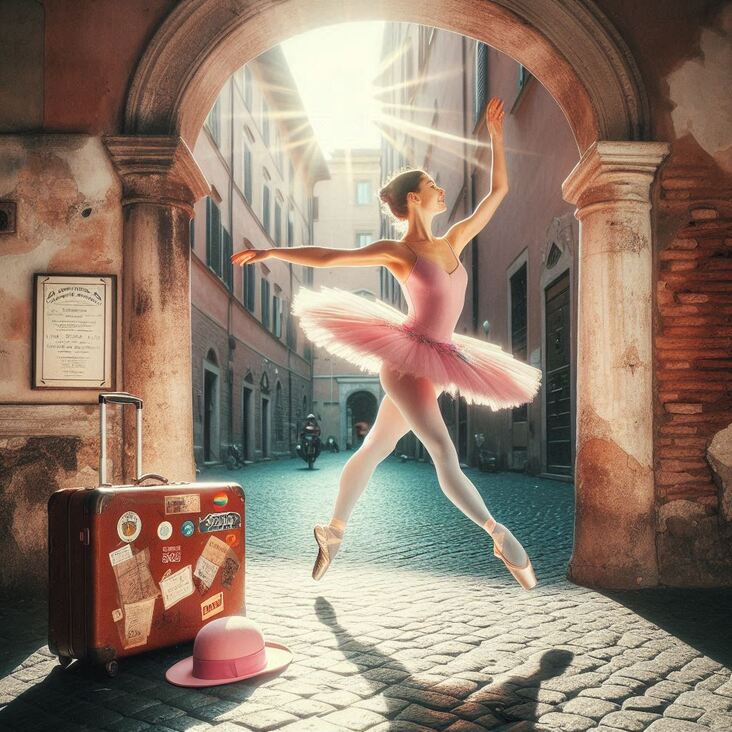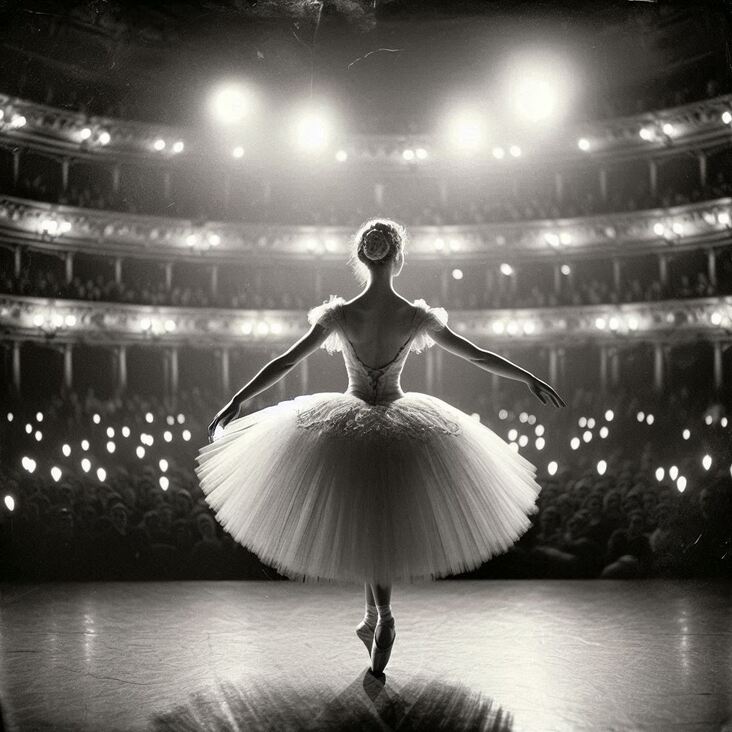
Hey darlings! It's Emma here, your resident pink-tutu-loving ballerina, bringing you a new post on all things dance and history. Today, we're taking a grand jeté back in time to the year 1746! Buckle your pointe shoes, grab your silk fan, and let's journey to a time when powdered wigs and courtly elegance were all the rage. ✨
Oh, and speaking of elegance, how about this darling little pink tutu? I just found it at this fabulous vintage shop in Derbyshire – the lace detail is to die for! It’s the perfect outfit for waltzing through the cobbled streets of 18th-century London, wouldn't you agree? 😉
Now, let's chat ballet, my lovelies. 1746, for all its powdered wigs and elaborate gowns, wasn’t exactly a whirlwind year for ballet. The big players in the dance world were still across the channel, with French ballet dominating the scene. But, if you're anything like me, even a whiff of a grand ballet in another country is enough to get you yearning for the stage!
Imagine: You’re nestled in the plush velvet seats of a grand Parisian theatre. The lights dim, the orchestra begins its soaring melody, and on stage, dancers dressed in ornate costumes – think elaborate panniers, feathered headpieces, and even (gasp!) men in tights! – are ready to weave their magic.
The Royal Academy of Music
Over in France, the prestigious Royal Academy of Music in Paris was buzzing. Established in 1669, this royal institution was the epicenter of all things dance, and continued to produce some of the most dazzling dancers of the era. While 1746 might not have seen any groundbreaking premieres, it was still a time for ballet enthusiasts to enjoy the grand tradition and skill of the ballet academy.
Dance with Jean-Georges Noverre
One of the big names in the ballet world at this time was Jean-Georges Noverre. This ingenious choreographer is known for pioneering a style called “ballet d’action.” He pushed the boundaries of traditional ballet, focusing on natural movements and realistic storylines. In short, he brought a fresh perspective to ballet, making it less about graceful poses and more about emotionally driven performances.
While Noverre's work was starting to influence the Parisian dance scene, his reforms were still simmering. But his work, which would come to influence the dance world in profound ways, was just starting to take hold in 1746, marking the beginning of a shift towards a more dynamic and emotive form of dance.
Fancy Fashion
If we are talking about dance fashion, 1746 was all about flamboyance and elaborate designs! Imagine lavish, silk ball gowns adorned with lace and embroidery, intricate headpieces, and (drumroll!) the introduction of the very first pannier, a padded structure that gave skirts their impressive volume. Talk about taking up space! And let’s not forget about those towering heels, which were the height of fashion for the gentlemen, giving them an extra air of sophistication.
Where to see a show:
While it might not be possible for you to take a quick hop to Paris (sigh), that doesn’t mean you can’t get your fix of dance! There were dance performances going on all over England in 1746. So whether you’re in London, Bath, or even Derbyshire (a girl’s got to love her roots!), you could always find a performance of some sort.
Taking inspiration from 1746
Let's take a little inspiration from this bygone era. 1746 was a time when fashion, movement, and beauty intertwined. This era reminded us to not take ourselves too seriously, embrace the drama, and wear a little bit of lace! After all, life’s too short to dance in boring clothes! 💖
Stay fabulous, darling, and don't forget to twirl!
Until next time!
Love, Emma
www.pink-tutu.com

